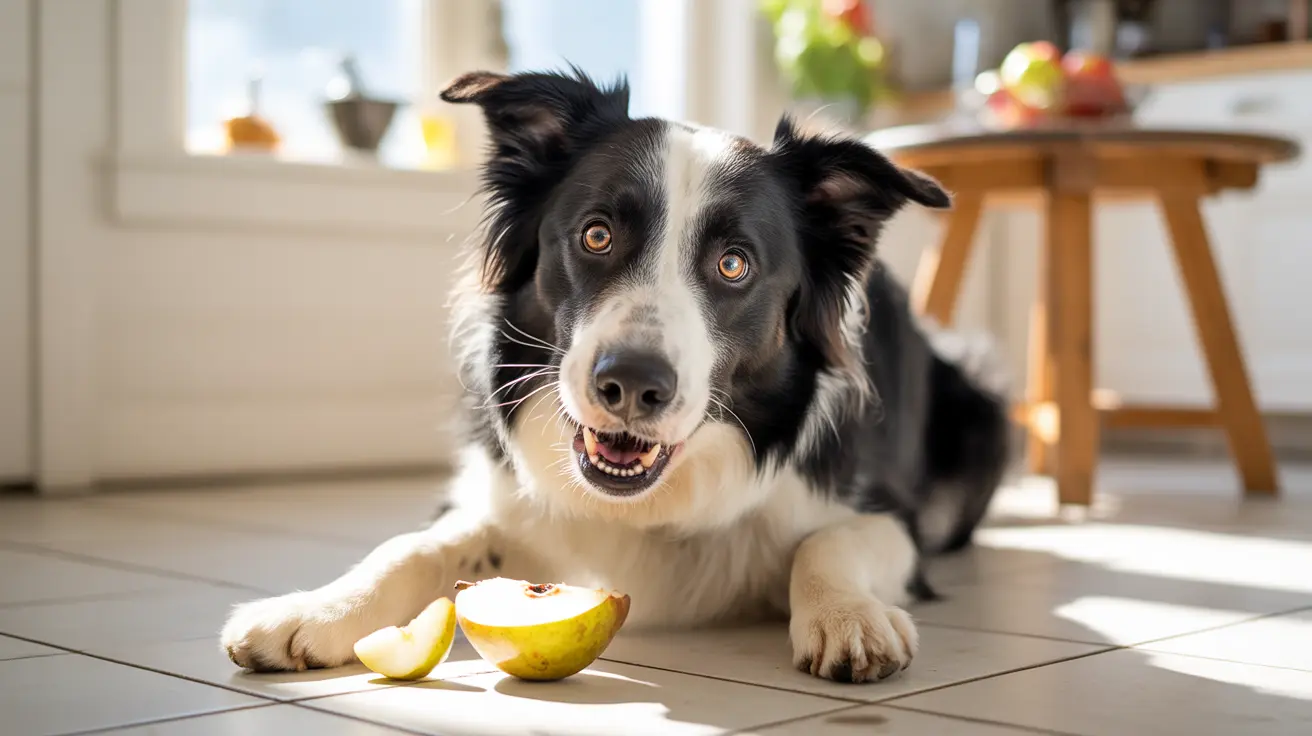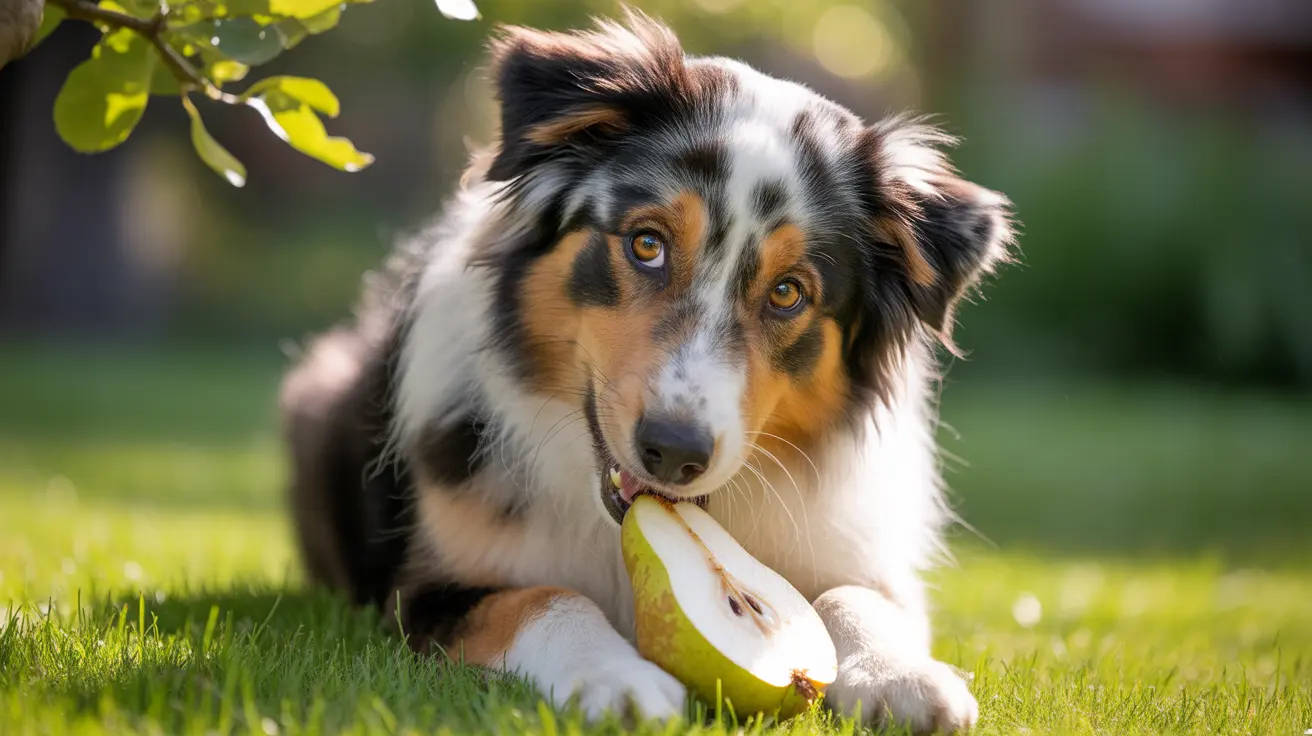Top Vegetables for Dogs and How to Serve Them Safely
Feeding your dog vegetables can be a healthy and beneficial addition to their diet, especially when done in moderation and with the right choices. Among all veggies, carrots are widely considered the best option for dogs due to their high nutritional value, safety, and ease of preparation.
Why Carrots Are Great for Dogs
- Rich in beta-carotene: This compound converts to vitamin A, which is vital for vision, skin health, and immune function in dogs.
- High in fiber: Carrots help with digestion and maintaining bowel health.
- Low in calories: Ideal for treats and training, especially for overweight dogs.
- Crunchy texture: Chewing raw carrots supports dental health by naturally scraping plaque off teeth.
How to Prepare Carrots for Dogs
Raw: Wash thoroughly and slice into bite-sized pieces to avoid choking hazards, especially for small breeds.
Cooked: Steam or boil carrots without any seasoning. Soft carrots are easier to chew and digest, especially for puppies or older dogs.
Other Dog-Friendly Vegetables
In addition to carrots, several vegetables are safe and beneficial for dogs when prepared properly:
- Green beans: Low in calories and high in fiber and vitamins.
- Peas: Rich in protein and vitamins like A, B, and K. Avoid canned peas with added sodium.
- Broccoli: High in fiber and vitamin C but should be given in small quantities to prevent gastrointestinal irritation.
- Spinach: Contains antioxidants and iron, but serve sparingly due to oxalates which can affect kidney function.
- Sweet potatoes: A great source of dietary fiber, beta-carotene, and vitamins.
Vegetables to Avoid
Not all vegetables are safe for dogs. The following should be avoided due to their toxicity or potential digestive issues:
- Onions and garlic: Can damage red blood cells and cause anemia.
- Mushrooms: Wild mushrooms are toxic and can be fatal.
- Avocados: Contain persin, which is toxic to dogs.
- Tomatoes (green parts): Contain solanine, harmful to dogs in large quantities.
Tips for Feeding Vegetables to Dogs
- Start small: Introduce new vegetables gradually to avoid upsetting your dog’s digestive system.
- Skip seasoning: Do not add salt, butter, oils, or spices.
- Chop appropriately: Cut into small, manageable pieces to prevent choking.
- Watch for reactions: Monitor for any signs of allergies or gastrointestinal upset such as vomiting, diarrhea, or scratching.
- Serve as treats: Use veggies like carrots or green beans as low-calorie training rewards or between-meal snacks.
Balanced Diet Considerations
While vegetables like carrots can be a healthy supplement to your dog’s meals, they should not make up the bulk of your pet’s diet. Dogs require a balanced intake of protein, fats, vitamins, and minerals, typically achieved through a quality commercial dog food. Consult your veterinarian before making significant dietary changes or additions.
Boiled Chicken and Vegetables for Dogs
A common bland meal for dogs with digestive issues includes boiled chicken and plain white rice. In such meals, adding small quantities of dog-safe vegetables such as carrots, peas, or green beans can increase fiber and nutritional value. Just be sure to cook them without any seasoning and let them cool before serving.
Storage and Portion Advice
- Refrigerate leftovers: Store in a sealed container for up to 3–4 days.
- Freeze in portions: For longer storage (up to 6 months), freeze boiled veggies (and chicken, if included) in meal-sized servings.
- Follow portion guidelines: Serve a few vegetable pieces (like 2–3 carrot slices) or up to ¼–⅓ cup per 20 pounds of dog’s weight as a treat, 1–2 times a week.
In conclusion, carrots stand out as an excellent vegetable for dogs, providing nutrition, dental benefits, and a satisfying crunch. When combined wisely with other dog-safe vegetables and a balanced diet, they can play a helpful role in your pet’s overall health.





